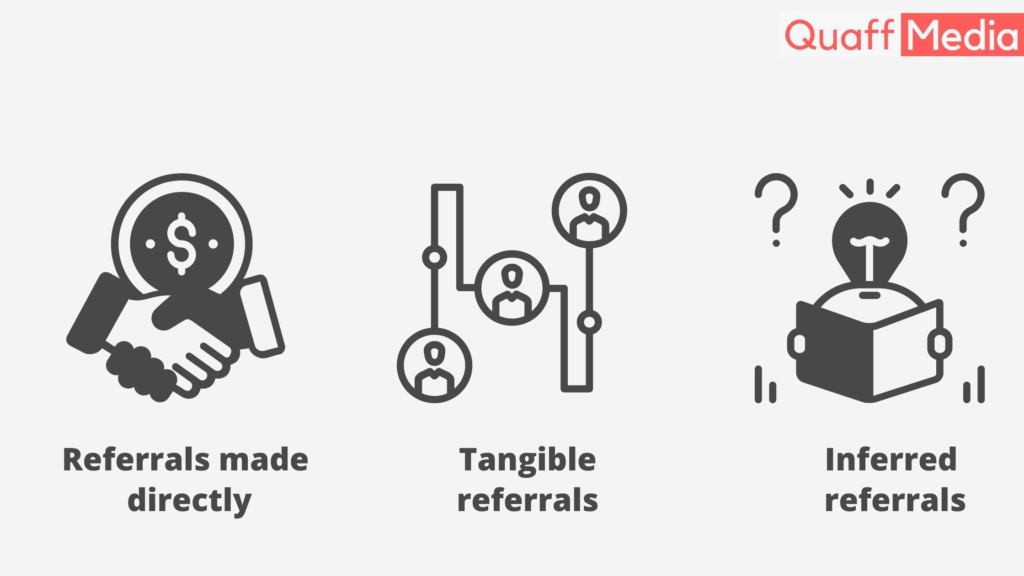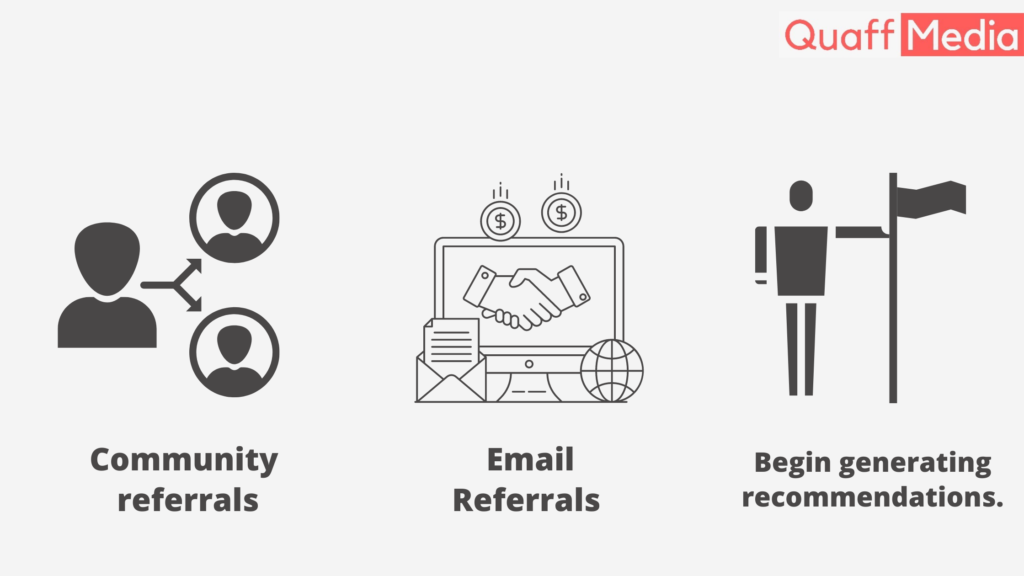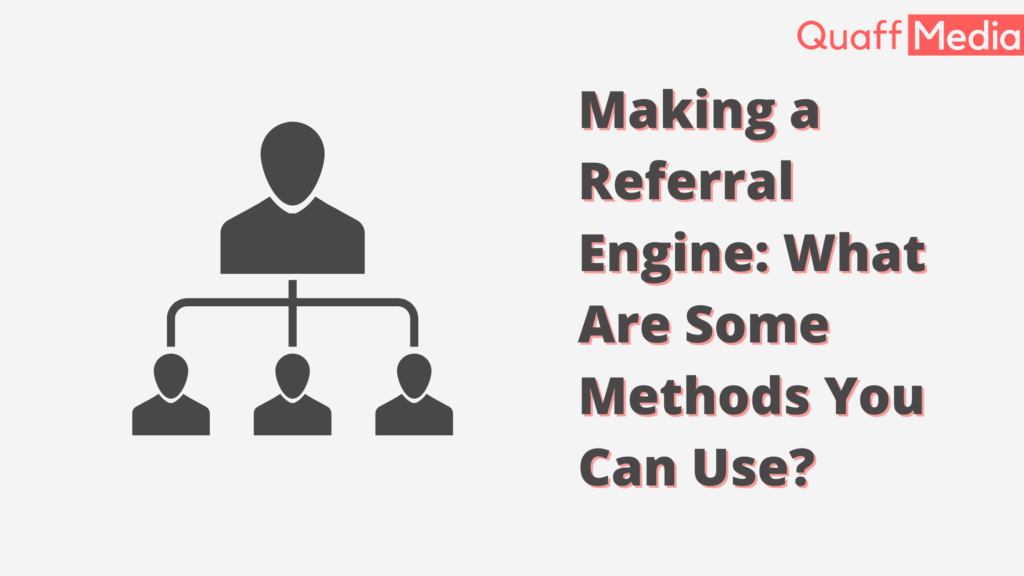Making a Referral Engine: What Are Some Methods You Can Use?
One of the things I feel compelled to emphasize is that referral generation should be integrated into almost every part of your organization. It is not something that can be done only once or in a single method.
You must maintain your recommendation generating activities front and center. As well as create numerous and diverse touchpoints along the consumer referral journey.
While you can’t always control when one buddy asks another for a recommendation, you can affect how frequently your referral sources think about referring to your firm.
Every company creates several referral programs and offers in each of the four categories listed below:

1. Referrals made Directly
An immediate reference program is one in which you make a motivating force to your current customers for the demonstration of producing a suggestion that transforms into a customer. Refer a neighbor to our renovation service, and we’ll offer you the use of a carpenter for a day to fix those pesky house projects. This is a motivational technique that is also relevant to the company’s operations.
2. Inferred referrals
This form of referral is drastically underused. In an implied referral program, you should do things that make it clear you are doing work for someone without explicitly asking for a reference. This creates the possibility of a friend or neighbor just asking you to suggest the individual operating an implied referral scheme. In this example, my renovation contractor may send a series of letters to neighbors near a construction site.
3. Tangible referrals
With a physical recommendation, you place something of actual value in the hands of your consumer that they may present to a referral source. What’s great about this strategy is that you can repeat it three or four times a year. As a low-cost, low-exposure way to keep referrals in the forefront of your mind. You send out a gift voucher to your greatest customers once a quarter or so and urge them to share the gift with a friend. It simplifies and tangibles the act of referring, and you can always reward your client when those gift vouchers convert into consumers. Techniques like “bring a buddy for free” or “give a friend a free product” are also recommended.

4. Community referrals
Several community groups require and deserve your help. When you partner with a non-profit player and support their purpose, events, and needs, you can also give promotional assistance by conducting the odd promotion that benefits your partner. If you buy or sign a contract this week, 10% of the revenue will support our community partner. Your partner gains from any purchases, and they are surely driven to talk about and suggest your company to their constituents.
The advantage of employing this multi-pronged strategy is that you can start. One program and then just keep adding others until you have referrals coming from several sources. While advertising your preferability nonstop.
5. Email Referrals
The beauty of email is that it allows you to communicate directly with your consumers. Messages on social media might get buried in the continual flow of information. If your email marketing plan is on target, you have a greater chance of sticking out or being spotted in a customer’s inbox.
You have your clients’ attention if you use appealing email subject lines and provide relevant information. After all, 70% of customers say they always check emails from their preferred businesses. And if your article is shareable, you could get an email reference.
Email may also be used to obtain numerous copies of a document.
Begin generating recommendations.
As can be seen, the type of consumer referrals has changed throughout time. It is undeniable that your internet reputation can make or ruin your company. Put the four forms of recommendations to good use—word-of-mouth, internet reviews, social media sharing, and email—and you’ll see results.

